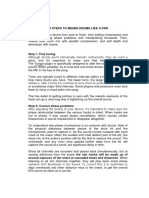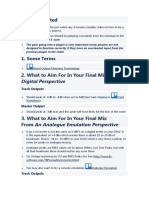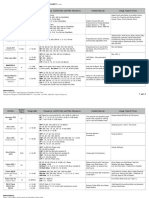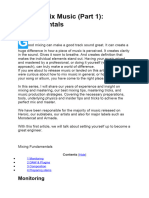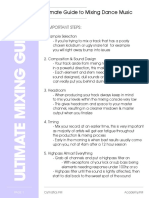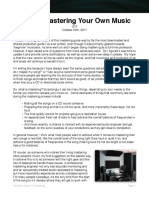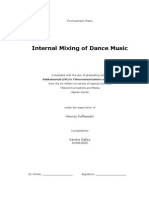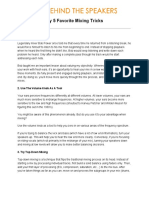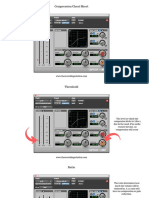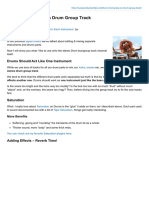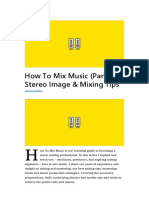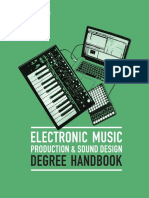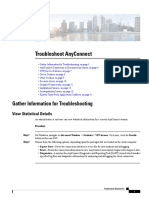0% found this document useful (0 votes)
481 views3 pagesAttack Magazine - Parallel Compression
The document discusses the technique of parallel compression, which involves blending a compressed signal with the original uncompressed signal to subtly lift dynamics without heavily compressing. It provides examples of drum loops processed with parallel compression compared to heavy downward compression, and discusses settings and plugins that can achieve parallel compression effects.
Uploaded by
NickCopyright
© © All Rights Reserved
We take content rights seriously. If you suspect this is your content, claim it here.
Available Formats
Download as PDF, TXT or read online on Scribd
0% found this document useful (0 votes)
481 views3 pagesAttack Magazine - Parallel Compression
The document discusses the technique of parallel compression, which involves blending a compressed signal with the original uncompressed signal to subtly lift dynamics without heavily compressing. It provides examples of drum loops processed with parallel compression compared to heavy downward compression, and discusses settings and plugins that can achieve parallel compression effects.
Uploaded by
NickCopyright
© © All Rights Reserved
We take content rights seriously. If you suspect this is your content, claim it here.
Available Formats
Download as PDF, TXT or read online on Scribd
/ 3




